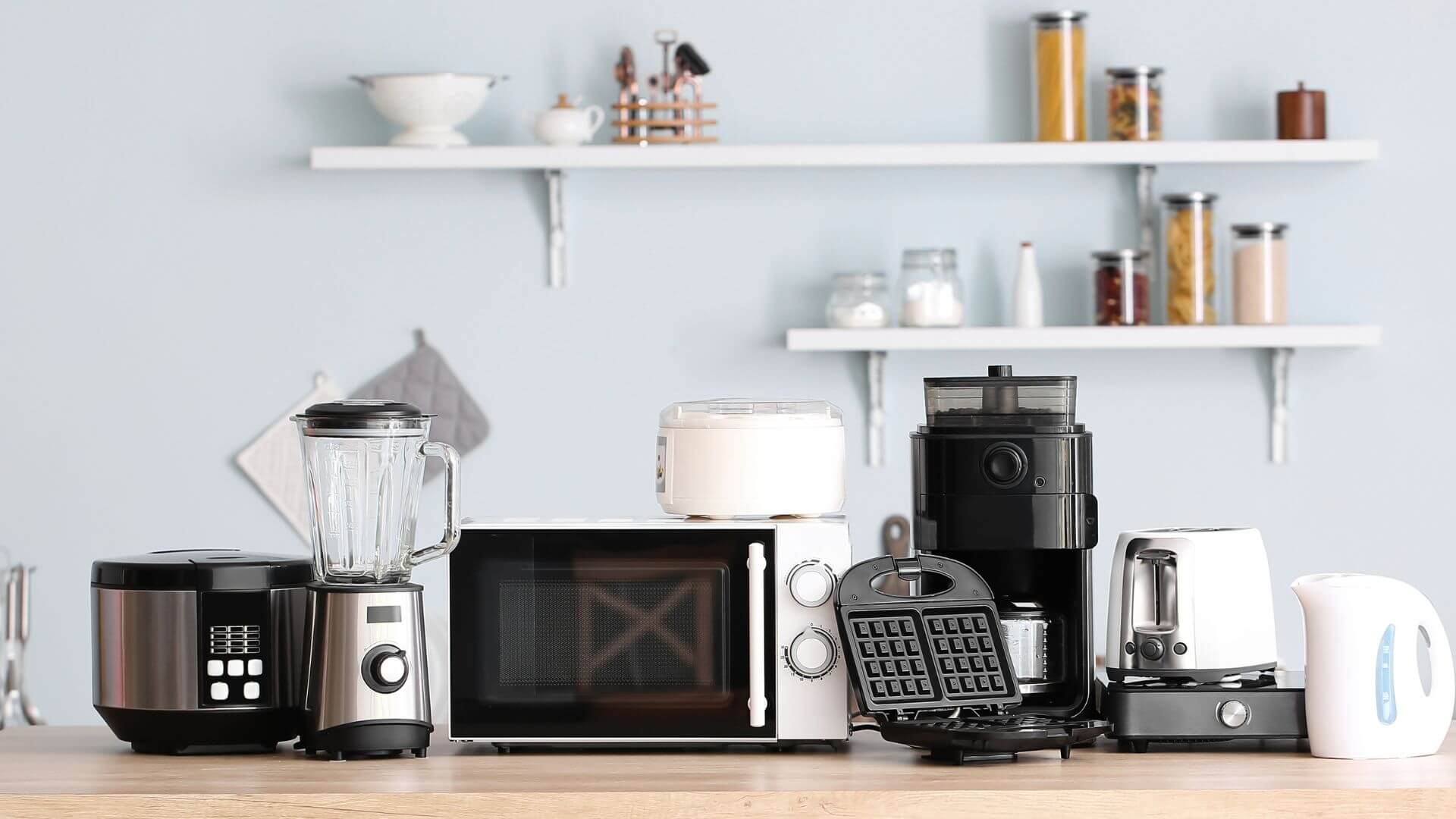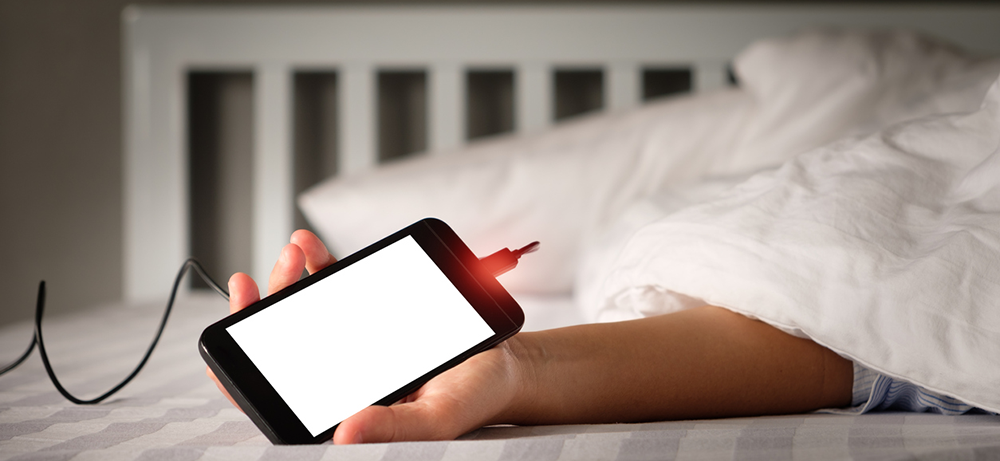This article explains whether appliances use electricity when plugged in but not in use.
It’s worth reading if you want to understand standby power consumption and reduce your electricity bills.
Does an Appliance Use Electricity Plugged In?
When an appliance is plugged in but switched off, it does not use any electricity.
The appliance must be turned on and in active use to draw power.
Leaving appliances plugged in when not in use allows them to draw standby power, so unplugging them saves the most electricity.
Key Points
- Appliances only use electricity when turned on
- Unplugging appliances stops all power draw
- Turning off sockets prevents standby power loss
Our Opinion
Based on the information in this article, our experts believe it is clear that appliances only use electricity when switched on and in active use.
Simply plugging in a device does not draw power.
Turning off sockets and unplugging appliances when not in use are effective ways to prevent unnecessary electricity use and lower energy bills.
Unplugging stops all power draw completely.
Examples of Appliances Consuming Standby Power
Many appliances nowadays have a standby mode that allows them to draw a small amount of power even when “off”. This standby electricity use can build up over time and increase your utility bills.
Some examples of appliances that consume standby power:
- TVs and set-top boxes
- Computers and monitors
- Chargers and power adapters
- Coffee makers
- Microwaves
To prevent this, make sure to unplug the appliance fully or switch off the wall when not in use. Using a timer plug can also automate the process. Reducing standby power is an easy way to cut electricity costs and save energy.
Standby Power Consumption Explained
Standby power, also known as vampire or phantom load, refers to the electricity used by appliances when switched off or not performing their main function. In standby mode, devices draw a small amount of energy that allows them to power displays, respond to remote controls, or reconnect faster when switched back on.
For example, a TV on standby may use 10-15 watts to power its clock and light up buttons. Over a year, this can add £10-£15 to your electricity bill. Multiply by all appliances in your home and it starts to add up.
Some tips to reduce standby power consumption:
- Unplug chargers when not in use or use a timer plug to automate cutting power.
- Switch off appliances fully rather than leaving them on standby.
- Buy Energy Star-certified electronics that meet low standby wattage requirements.
- Use a standby saver that cuts power to multiple devices when not in use.
With smart usage habits and energy-efficient appliances, you can minimize standby power waste and its impact on electricity bills and the environment.
Top Energy-Wasting Appliances
While all appliances use some electricity when plugged in, certain devices are notorious energy hogs. Being aware of which appliances consume the most power can help guide upgrades and usage to save energy.
Some of the top culprits are:
- Old refrigerators – Models over 10 years old use 2-3 times more electricity than new Energy Star models.
- Electric heaters – Portable heaters can use 1,500+ watts continuously when on.
- Ovens – Both gas and electric ovens can average 1-5 kWh per use.
- Dishwashers – Old dishwashers may use 6 gallons of hot water per cycle, wasting energy on water heating.
- Clothes dryers – Dryers average 3-5 kWh per load, using the most energy of any household appliance.
Simple upgrades like sealing air leaks or adding insulation as well as replacing old appliances can work wonders for reducing energy waste. Also be mindful of usage habits, like only running dishwashers and dryers when fully loaded and air-drying dishes when possible.
Reduce Standby Energy Loss
Many appliances continue to draw a small amount of power when plugged in and switched “off.” This standby power can add up over time and across many devices.
Some ways to cut standby energy losses include:
- Unplugging appliances like TVs, stereos, and kitchen gadgets when not in use.
- Using power strips to cut standby power to multiple devices at once.
- Replacing old appliances and electronics with more efficient ENERGY STAR models.
- Enabling power-saving modes on computers and monitors.
- Choosing laptops over desktop computers which use less idle power.
Being mindful of what’s plugged in and how often devices are needed can lead to easy energy savings. Standby power might seem small, but it adds up fast both on your energy bill and overall electricity demand.
FAQ
Do plugged-in appliances use electricity when not in use?
No, appliances that are plugged in but switched off do not use electricity. The appliance must be turned on to draw power.
Does plugging in an appliance use electricity?
Simply plugging in an appliance does not use electricity. The appliance must also be switched on to draw power.
Does turning off plug sockets save electricity?
Yes, turning off plug sockets stops the flow of electricity to appliances, which saves energy. Even appliances that are off still draw a small amount of standby power if left plugged in.
Does it save electricity to unplug appliances UK?
Yes, unplugging appliances in the UK when not in use saves electricity by eliminating standby power draw. Unplugging is the most effective way to stop devices from using any electricity.
Conclusion
In summary, an appliance that is plugged in but not turned on will not use electricity. Appliances only draw power when switched on. Turning off sockets and unplugging devices saves electricity by preventing standby power draw when appliances are not in use. Unplugging is the best way to ensure an appliance uses no electricity at all.


